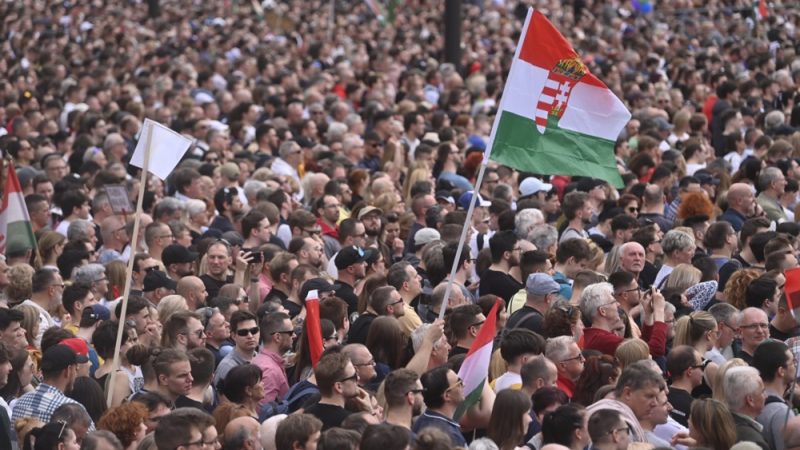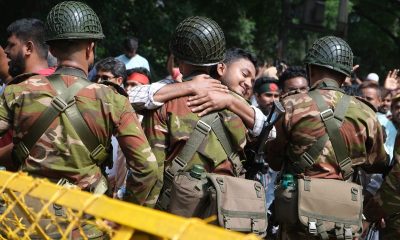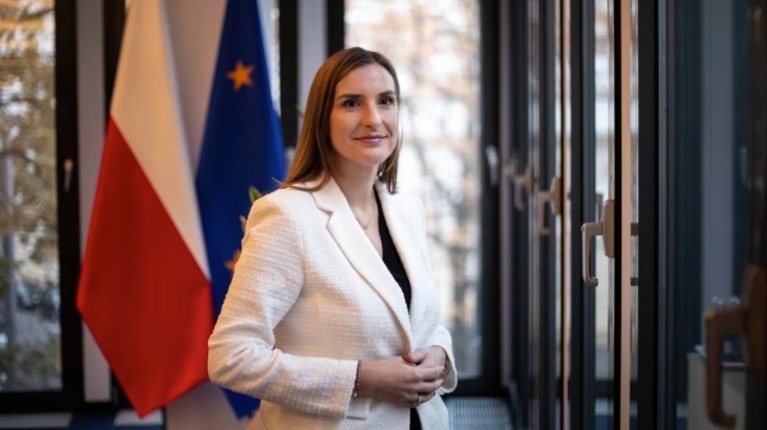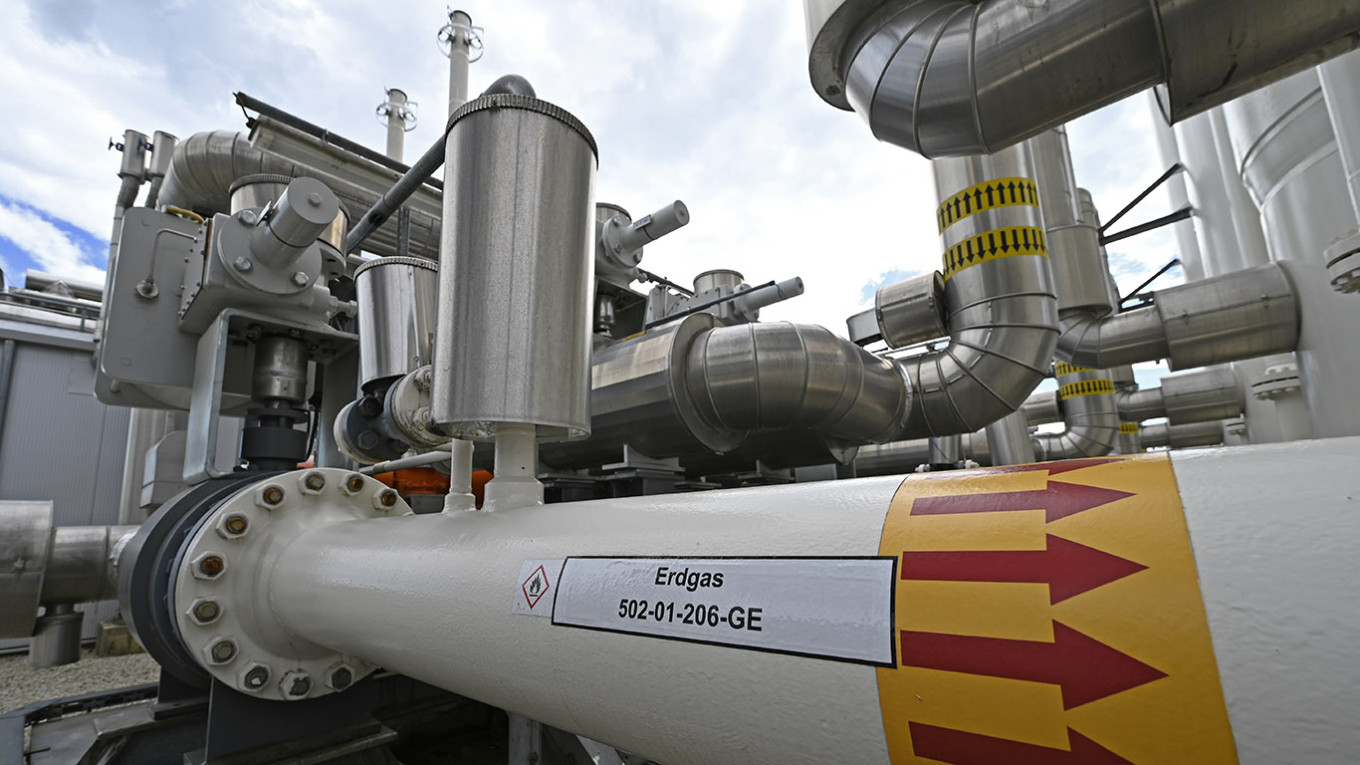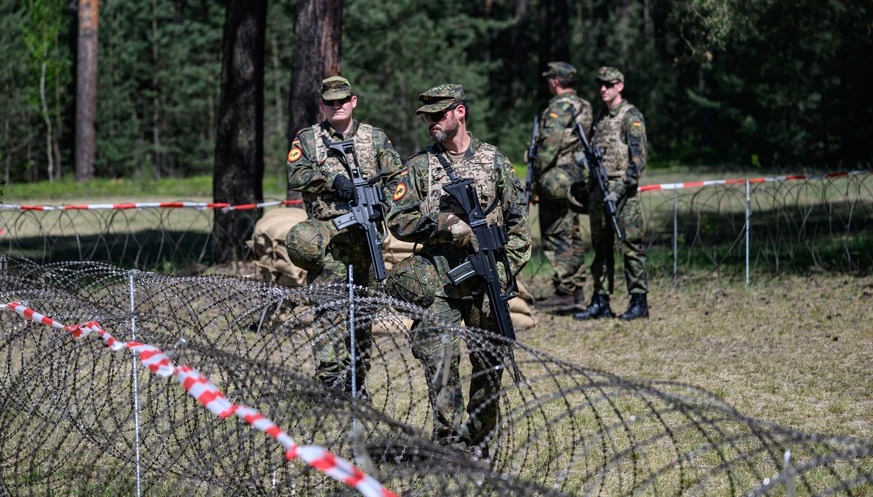As Ukraine fires U.S.-made long-range missiles at Russia for the first time and Russian leader Vladimir Putin updates his country’s nuclear doctrine, European countries are preparing for an all-out war on the continent.
According to a 1,000-page document drawn up by the German armed forces called ‘Operationsplan Deutschland’, Germany will host hundreds of thousands of troops from NATO countries and act as a logistics hub to send huge amounts of military equipment, food and medicine to the front line.
The German military is also instructing businesses and civilians on how to protect key infrastructure and mobilize for national defense in the event of Russia expanding drone flights, espionage and sabotage across Europe.
Businesses have been advised to draw up contingency plans detailing the responsibilities of employees in the event of an emergency, and told to stockpile diesel generators or install wind turbines to ensure energy independence.
More state intervention in the economy under discussion
In this context, state intervention in the economy and in companies is being discussed more intensively.
The German state has far-reaching rights in crisis situations. The energy crisis showed how quickly the state can intervene: At the time, the German government filled gas storage facilities by law, nationalized the gas importer Uniper and supplied floating LNG terminals.
According to Bertram Brossardt, CEO of the Bavarian Business Association, even a “transition to a planned economy” could be possible in an emergency.
This ‘planned economy’ could involve the state issuing food vouchers or even forcing people to work in certain sectors, such as water or transport companies.
Companies could also benefit if they have employees who volunteer for disaster relief, the Federal Agency for Technical Relief (THW) or the fire brigade.
Lieutenant Colonel Jörn Plischke, who conducted the company training in Hamburg, said: “It costs you a few days a year to support this. But in a crisis, you have a direct link to the people who protect people and infrastructure,” he said.
Hamburg: The intersection of civil and military economy
Hamburg, where Lieutenant Colonel Plischke attended the event, is a central hub for the transport of goods and troops.
“If our infrastructure is used for military purposes, the risk of cyber-attacks and sabotage increases significantly,” the mayor of the Hanseatic city, Peter Tschentscher, told the Faz newspaper.
The Hamburg Senate has therefore created additional staff to strengthen civil defense. A third ‘home defense corps’ has been introduced, made up of volunteers who do not fight in the troops but work to ensure protection and security.
Exercises are currently being held in the Hanseatic city with the German armed forces and civilian forces.
According to the report, this exercise, called ‘Red Storm Alpha’, is training in the protection of port facilities.
The next exercise, ‘Red Storm Bravo’, will start soon and will be on a larger scale.
The lessons learnt from these exercises will then be incorporated into the ‘Operationsplan Deutschland’. This plan is intended to be a ‘living document’, constantly evolving and adapting to new information and threats.
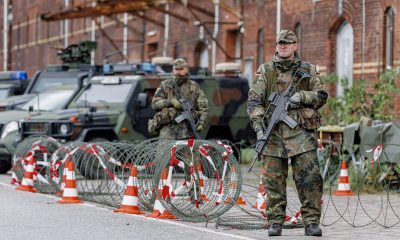
 EUROPE3 days ago
EUROPE3 days ago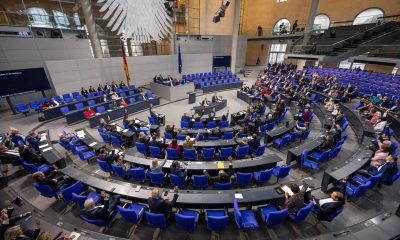
 EUROPE2 weeks ago
EUROPE2 weeks ago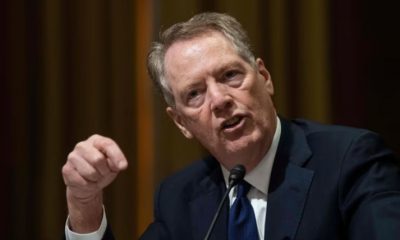
 AMERICA2 weeks ago
AMERICA2 weeks ago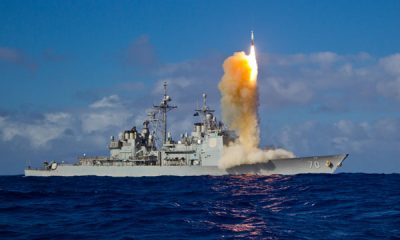
 ASIA2 weeks ago
ASIA2 weeks ago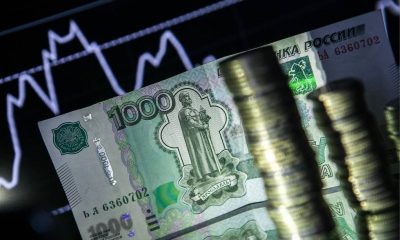
 RUSSIA2 weeks ago
RUSSIA2 weeks ago
 ASIA2 weeks ago
ASIA2 weeks ago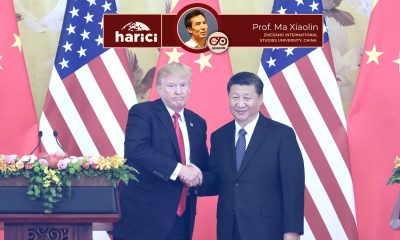
 OPINION2 weeks ago
OPINION2 weeks ago
 AMERICA1 week ago
AMERICA1 week ago
